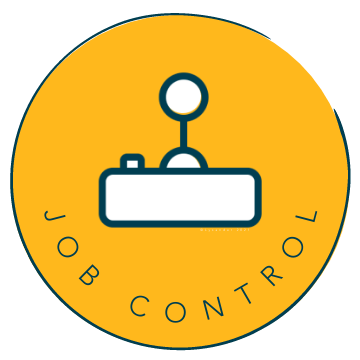Proactive and positive leadership can influence systems of work, processes and policies that can reduce or remove the risk of psychological harm to employees.
With mental health injuries now occurring more frequently in workplaces than physical injuries, we know that a focus on wellness is imperative. What we don’t always consider, however, is that the most closely related association with wellness is that of leadership.
Put simply, the relationship that workers have with their immediate leader is the one that can impact most on their wellness. This relationship can unlock positivity, happiness, commitment, productivity, and performance. Or it can do the opposite of all of those.
With so many leadership styles and theories it can be hard to know where to start. The key is to recognise the link between destructive forms of leadership and a toxic (and unwell) culture, and shift away from these towards leadership styles that produce a positive work climate.
These are: the Inspirational Leader who articulates a shared vision and gives long-term direction; the Participative Leader who builds engagement through the input of their people to generate new ideas and build commitment; and the Coaching Leader who fosters personal and career growth.
These styles, underpinned by Emotional Intelligence, are the key to unlocking the positive outcomes mentioned above and addressing every single one of the six work related factors challenging current work environments.
In this section you will explore these positively correlated leadership approaches and consider how you can have an impact across five categories of events that can activate positive or negative emotions in our interactions with others (SCARF), ultimately influencing the wellness of your people across the organisation.
Each of these leadership styles has their own page, but there is an interconnectedness and flexibility required of the leader to facilitate wellness across different circumstances.
Before digging into the different styles, consider the following example. We know that a huge part of building wellness in our organisations relies on our ability to build psychological safety.
As you can see in The Leader’s Toolkit for Building Psychological Safety below, the three Transformational Leadership styles align with these toolkit strategies.
The Leader’s Toolkit for Building Psychological Safety
The Leader’s Toolkit for Building Psychological Safety, from The Fearless Organisation, by Amy C. Edmondson.
The first column highlights the need for the Inspirational Leadership Style in psychological safety - framing the work and emphasising the purpose. The second column brings forth a need for Participative Leadership, involving others by practicing inquiry and setting up structures and processes. The final column shows where Coaching can impact to express appreciation and hold people accountable by sanctioning clear violations.
And Emotional Intelligence is required across all three to remain aware of and manage people’s emotions around psychological change and shift accordingly.








